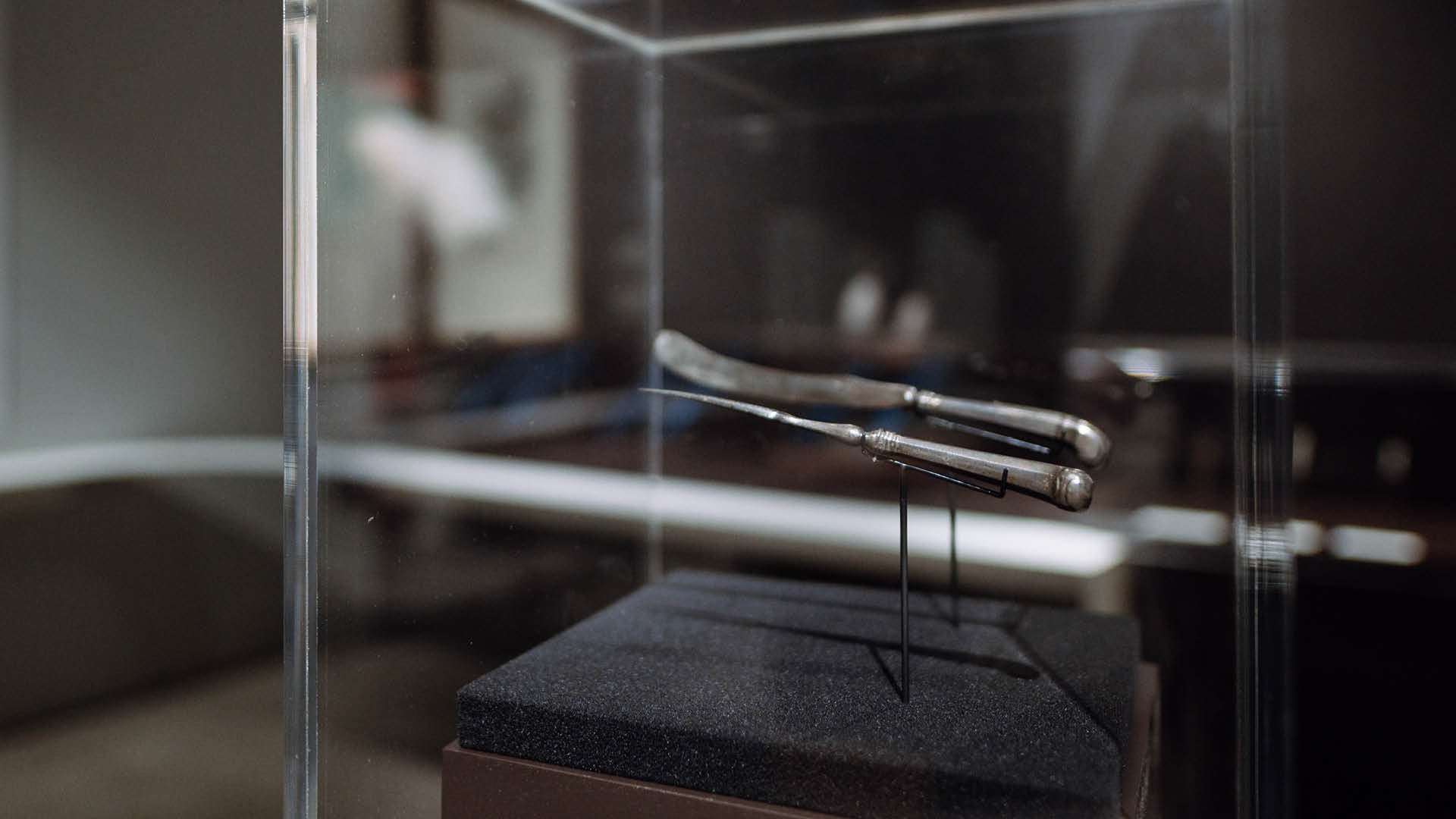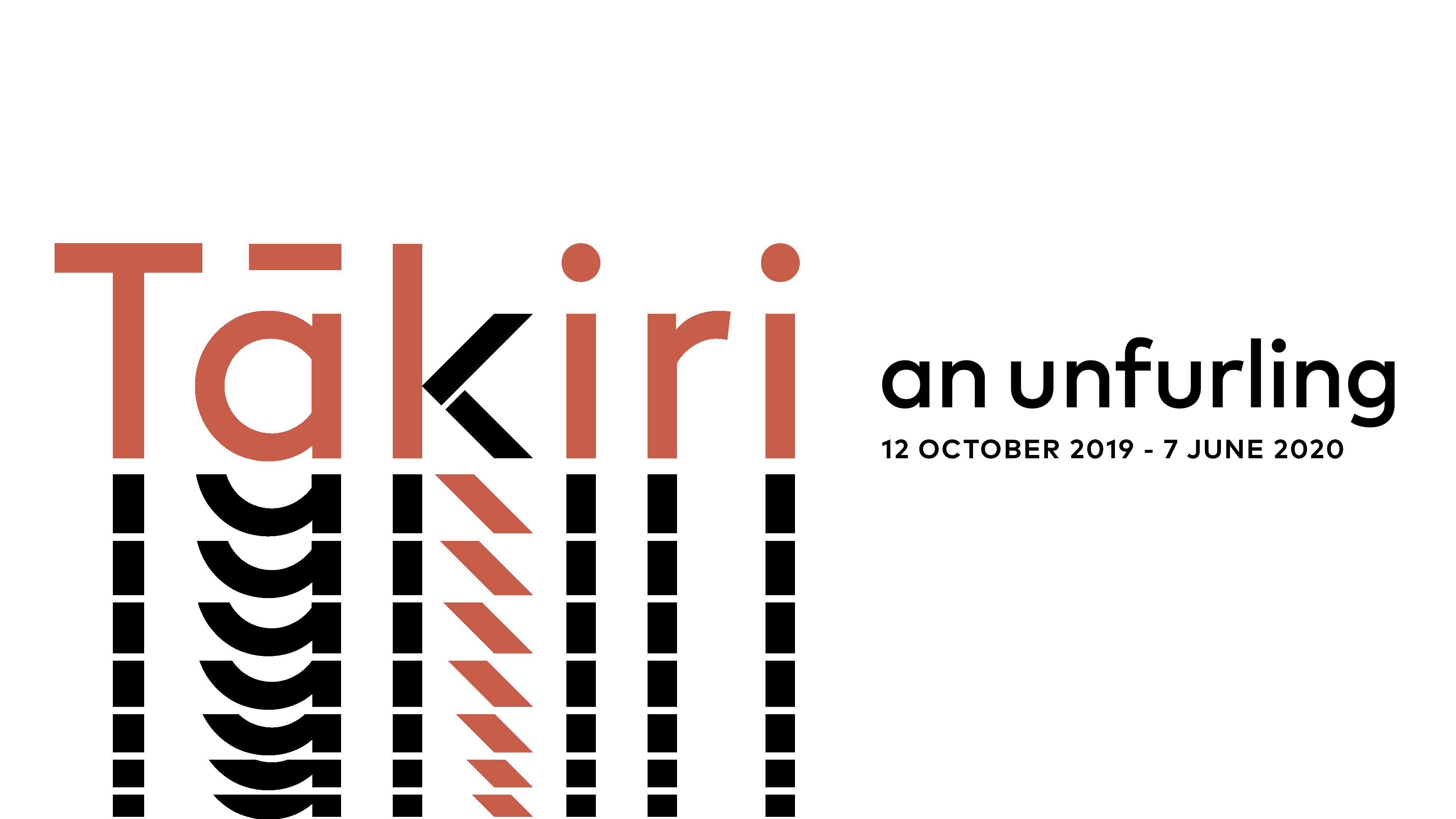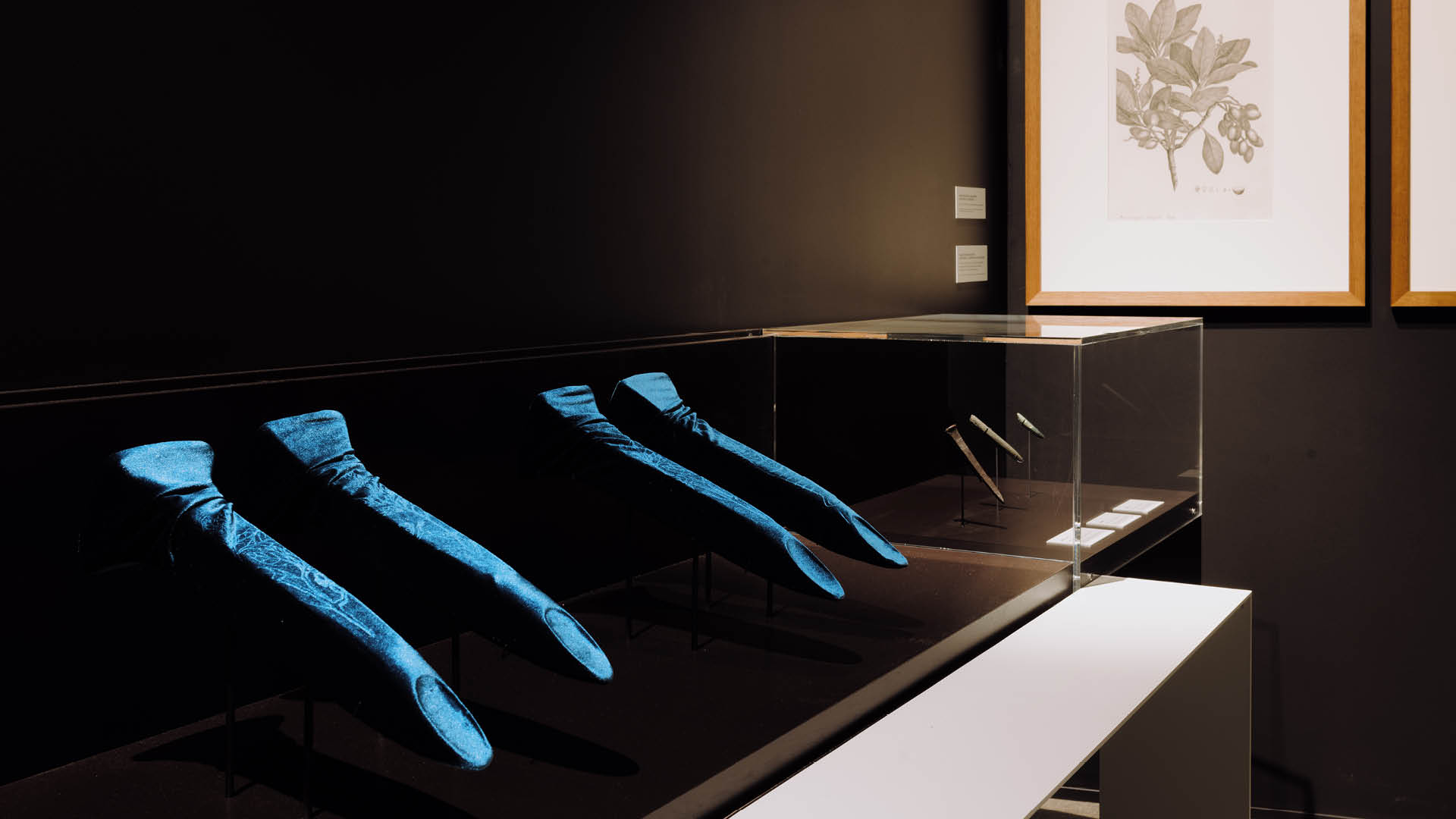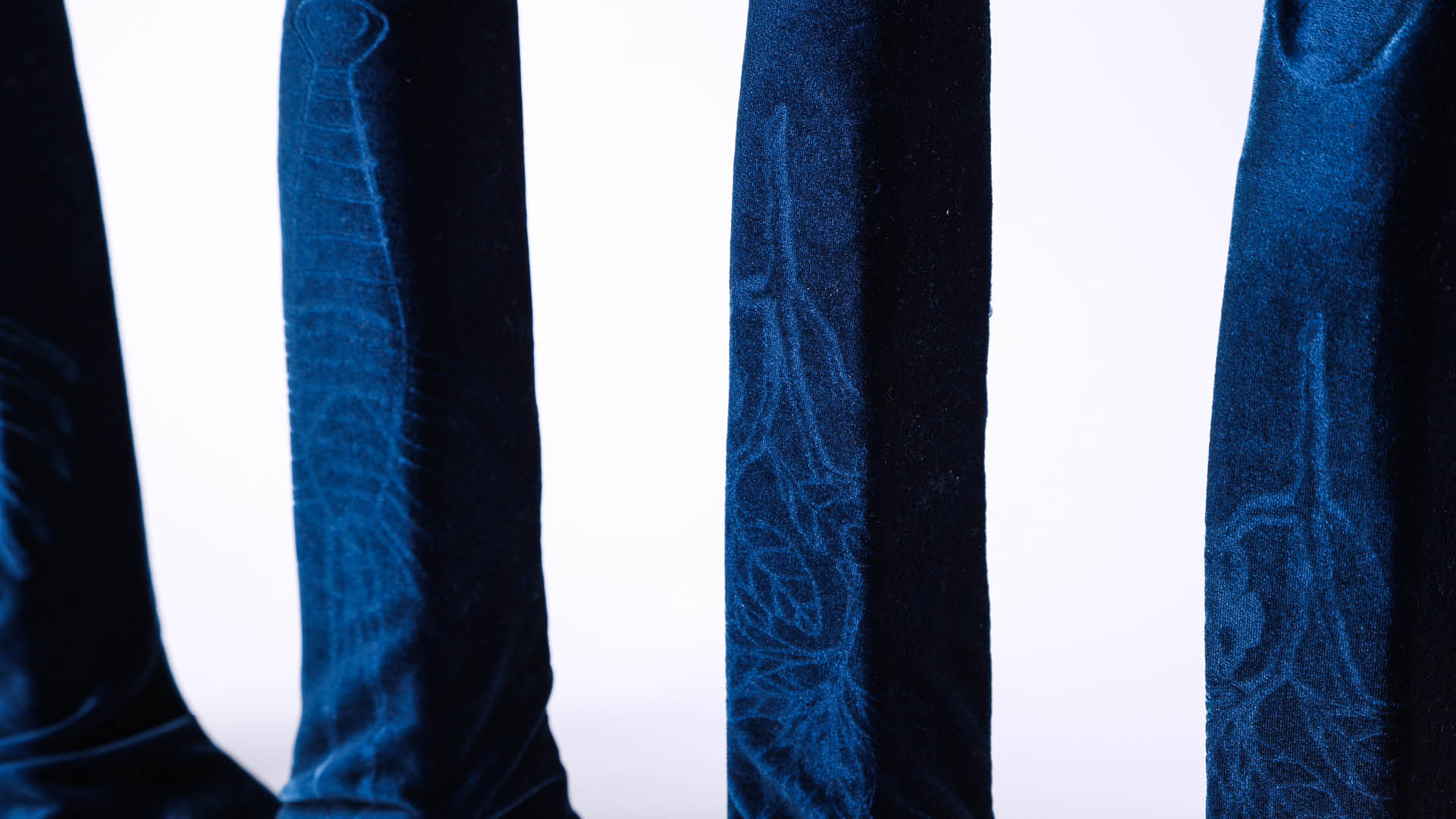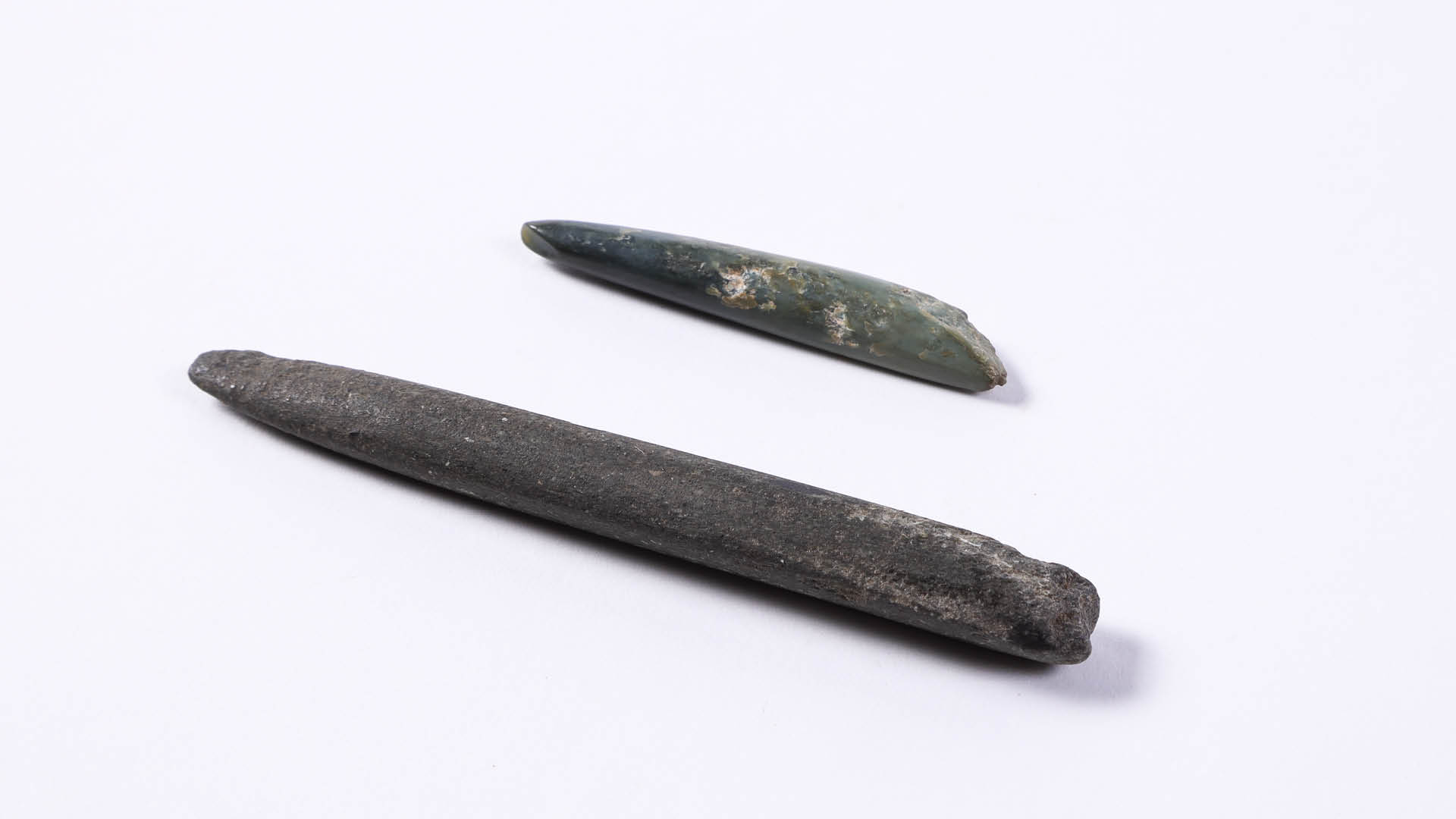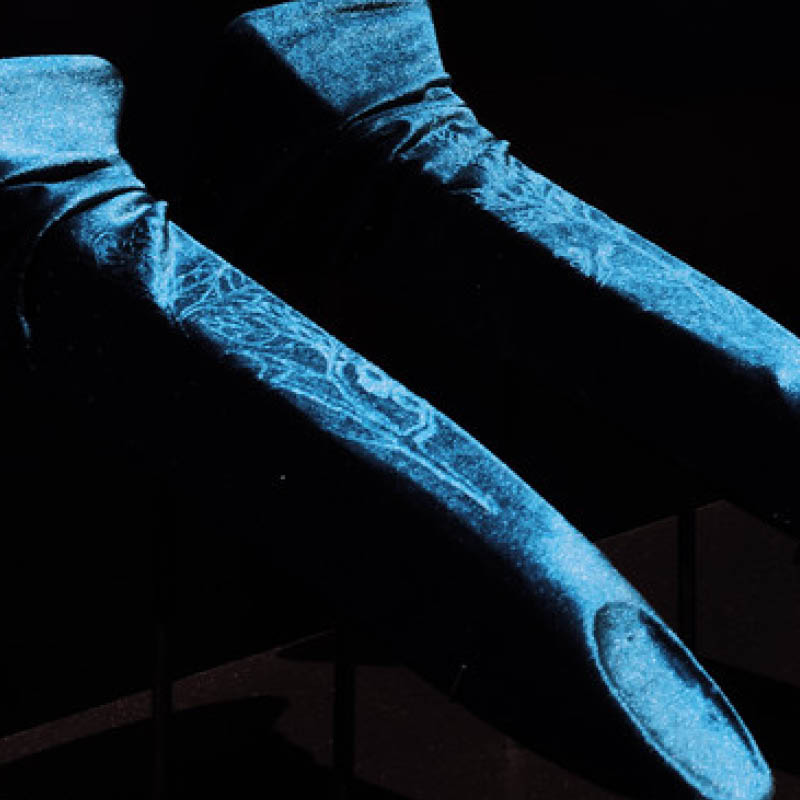The whenua perspective: plants in flower
All the plants embossed by the artist, including the karaka berries, were in flower in January 1770 when Ngāti Hinewaka representatives boarded the HMS ENDEAVOUR at Cape Palliser. The artist imagines her hapū rigorously preparing to catch the HMS ENDEAVOUR, coming aboard with the offerings of kai in exchange for the whao that the hapū heard about through communication channels.
